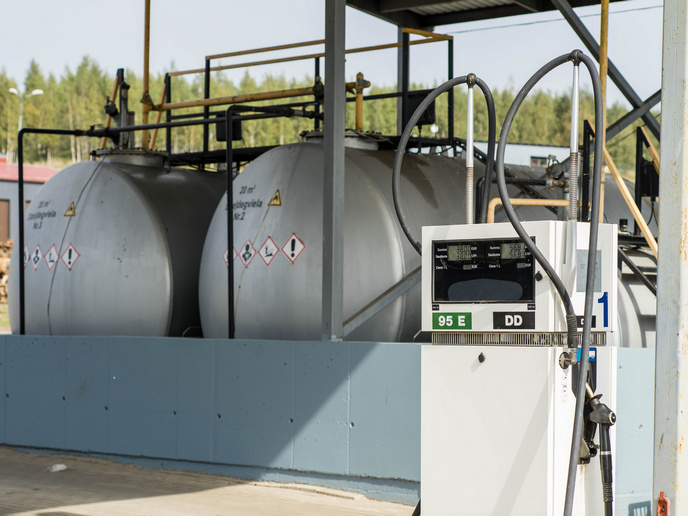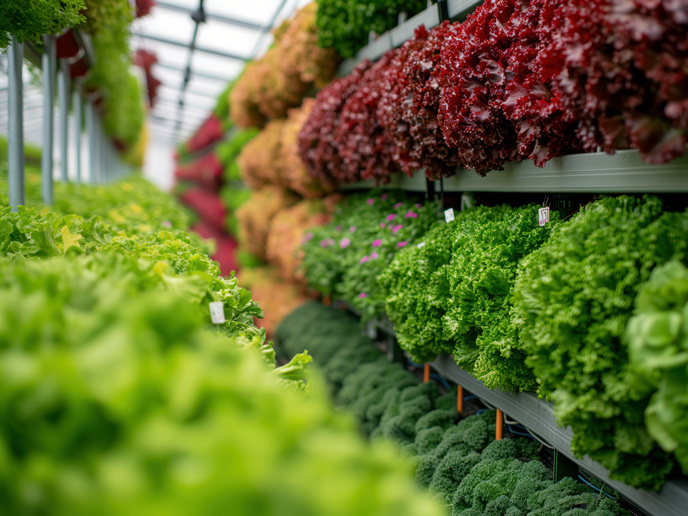Advanced process makes biodiesel greener, cheaper and competitive
The 2030 Climate Target Plan proposes to cut greenhouse gas (GHG) emissions by at least 55 % by 2030. This will greatly contribute to Europe’s ambitious goal of becoming climate neutral by 2050. Biomass grows by absorbing CO2 from the atmosphere. It can be converted into biofuels that lower GHG emissions. Of all biofuels, biodiesel currently accounts for around 80 % of total green fuel production in the EU.
Sustainable alternative to fossil fuels
Nowadays, biomass is seldom used to produce biodiesel because the procedure is complex and costly. To be sustainable, biofuel production should be based on secondary biomass and waste streams. On that account, a solution is needed to efficiently produce methanol, which is a required intermediate step for producing green biodiesel. Advanced technologies can make the use of biomass in biodiesel production more competitive. The EU-funded CONVERGE project validated a state-of-the-art process for green methanol production. “It is more efficient and less expensive than existing technology, giving it a competitive advantage over fossil fuels,” explains project coordinator Giampaolo Manzolini, professor at Politecnico di Milano’s Department of Energy. The number of operations needed to complete this conversion is also reduced.
Effective conversion of residual biomass into green methanol
This process takes advantage of breakthrough technologies that were developed and tested over hundreds of hours by the CONVERGE team. Specifically, they designed four innovative components to convert secondary biomass into biodiesel. These components can be combined or implemented separately at a biodiesel facility. First, a new type of catalyst converts condensable hydrocarbons collectively known as tar into high-value aromatic components such as benzene, toluene and xylene. After separation, these valuable products are available for use by the chemical industry. The sorption-enhanced reforming combines methane recovery with CO2 separation in a single technology. It enhances the conversion of methane and carbon monoxide into hydrogen and CO2. The CO2 is separated from the hydrogen. Only the CO2 necessary for the methanol reaction is kept. The CO2 can be stored or used for additional processes in the carbon capture, utilisation and storage industry. The electrochemical hydrogen compressor pressurises and purifies hydrogen in a single unit. This reduces the steps required for pure hydrogen feed production and the energy consumption of traditional processes. Lastly, the membrane reactor improves methanol production by removing the product from the reaction and pushing for a single-step conversion of the reactants. This reduces recirculation and off-gas management requirements.
Most promising biomass supply chains
Project partners delivered a methodology to identify biomass supply chains for the four technological solutions. Case scenarios were applied to the Central European, Mediterranean, North Sea and Scandinavian regions. They identified five supply chain case scenarios and related business cases in 69 districts that have the most potential. In addition, the project team assessed the environmental impact of the entire process in these regions. “By introducing CONVERGE’s process and technological solutions in various procedures, industry stakeholders will be able to make their systems more efficient and less complex,” concludes Manzolini. “The lower cost of biofuels, improved efficiency of renewable energy production and positive environmental impact of biofuels will be reflected on the final customer and society as a whole.”
Keywords
CONVERGE, biomass, biodiesel, CO2, biofuel, methanol, hydrogen, biomass supply chain, fossil fuel







